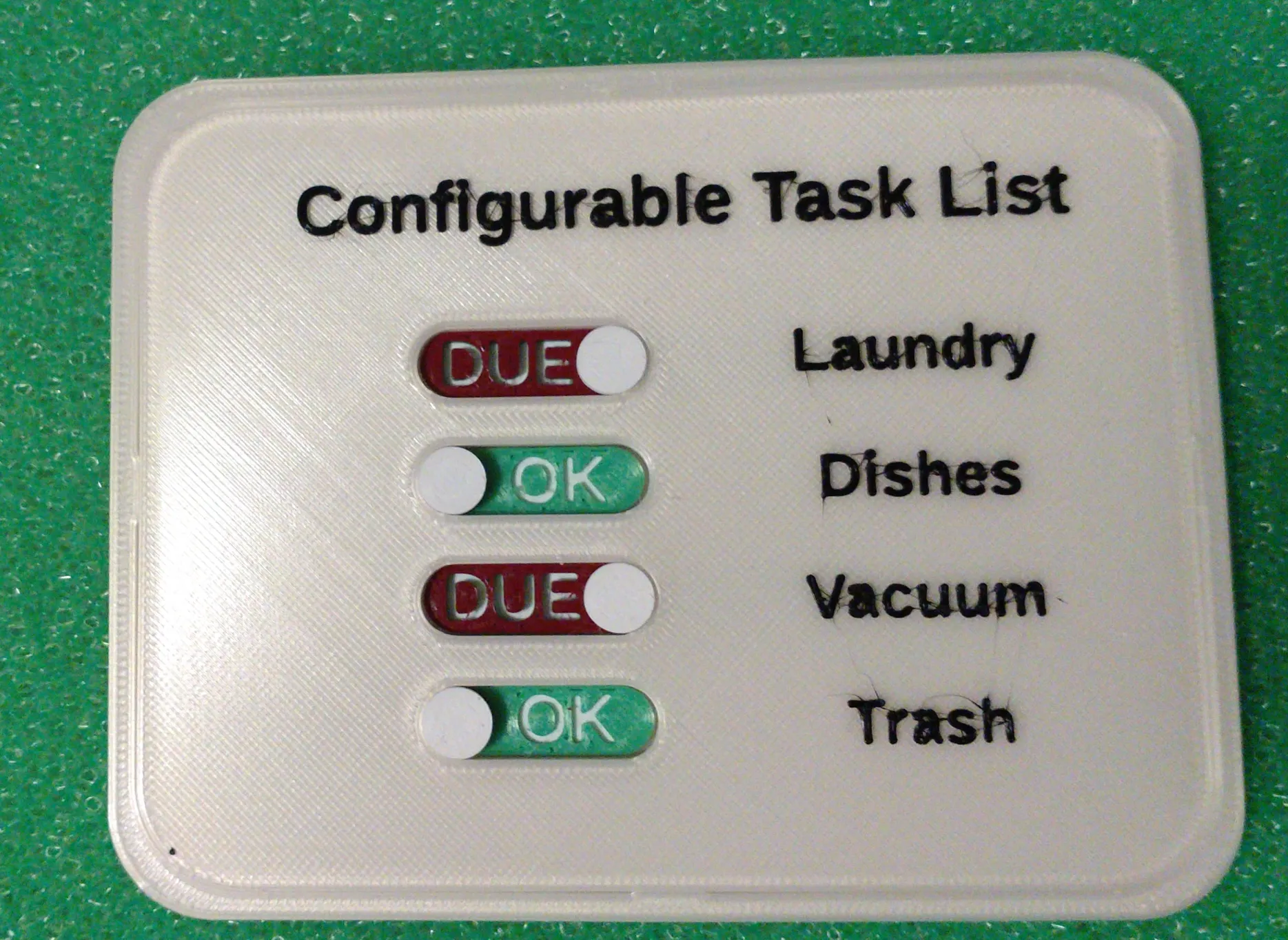

So, correcting your nonsense is “ad hominem” now, huh? Newsflash: If you’re wrong and someone corrects you, it’s not ad hominem. And what the hell is the nonsense about moving the goalpost? Do you read what you type or do you just tell an AI to write your comments for you?














You’re really obnoxious, you know? So, you first make it about me (which is ad hominem, btw) and then you’re furious that I reply and make it about you?